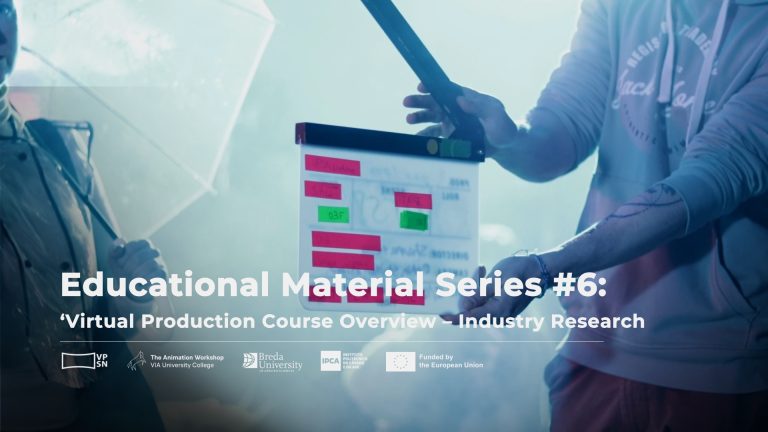
Zoltan Batho G
XR Specialist, VFX Producer / Virtual Production from Digic Pictures.
In the ever-evolving filmmaking landscape, new technologies are continually reshaping how movies are created, pushing the boundaries of creativity and efficiency. One of the most groundbreaking advancements in recent years is Virtual Production (VP), a cutting-edge approach that seamlessly blends physical and digital elements to transform the production process.
We had the privilege to interview Zoltan Batho G (Digic Pictures), award-winning producer, business developer and VFX & VP Producer hailing from the film industry’s heart in Hungary. With over a decade of experience and expertise in computer graphics (CG), extended reality (XR), and visual effects (VFX) production Additionally, Zoltan is the author behind the Virtual Production blog, Virtual Production Services.
In this interview, Zoltan sheds light on the current state of VP and its implications for the future.
Q: How would you describe your current occupation?
I am a VP Producer.
Q: In which country(ies) do you work?
Based in Hungary, I work for clients around the globe
Q: How long have you worked in the creative industries, and what roles have you had in that time?
I’ve been immersed in the creative industries for more than a decade, primarily in roles related to CG, XR, and VFX production.
Q: How well-established is Virtual Production in your region?
Virtual Production is still in its infancy in Hungary. The country has only a few mediocre LED volumes at this stage.
Q: What new roles or adaptations to existing roles, do you think, are necessary within a Virtual Production Studio project? Can you outline what these new roles involve?
Absolutely, the dynamics of VP call for specialized roles:
- On-set VP Supervisor: Acts as a bridge between live-shoot staff and VP real-time staff.
- VP Technical Director (TD): Adept in all VP tech involved in a shoot.
- VP Light Supervisor: Balances physical and digital lighting nuances for optimal results.
- On-set UE Artist: Manages UE scenes while maintaining composure in live shoot settings.
- VP Developer: Possesses in-depth knowledge of underlying UE techs, network, and integration solutions.
Q: How do you think Virtual Production technology can, or has, changed the approach to the production pipeline?
VP is a game-changer, shifting the entire production process. Unlike traditional waterfall methods, VP relies on agile workflows, accommodating changes throughout production. VP specialists are now integral from pre-production, ensuring seamless integration. When executed well, VP can significantly cut costs and time in post-production, but mishandling it might double expenses.
Q: What opportunities and challenges does Virtual Production present?
Opportunities:
- Reduced travel and more shoot days in controlled studio environments.
- Ideal for pick-up shots and shooting on-set.
- Adaptability and enhanced visuals over greenscreens.
- Fewer on-set surprises with careful planning.
- Decreased post-production time and costs.
- Actor-friendly setups.
- Potential eco-friendliness compared to location shoots.
Challenges:
- Requires earlier decisions in production.
- Demands upfront investment for better post-production savings.
- Not all professionals adapt to new mindsets.
- Unsuitable for specific shot types.
- Less room for spontaneous creativity.
- Limitations in reproducing intense daylight environments.
- Colour and lighting discrepancies.
- Strain from extended LED volume shoots.
- Preference for real location experiences.
Q: What skills shortages do you expect to see in Virtual Production studios?
The industry might face shortages in:
- UE artists and developers.
- Gaffers are skilled in both digital and physical setups.
- VP supervisors.
- VP producers.
Q: What barriers do you consider there to be to greater access to facilities and training for Virtual Production?
The barriers include:
- High costs of equipment and technology.
- Expensive testing of setups.
- Scarce, pricey personnel for volume operation.
- Rapidly evolving LED panel technology.
In this era of cinematic innovation, Virtual Production stands as a testament to the endless possibilities that technology can unlock. As our interviewee highlighted, this revolutionary approach not only redefines how films are made but also challenges the industry to adapt and embrace new roles and ways of working. As the journey of Virtual Production unfolds, it’s clear that collaboration, creativity, and a deep understanding of technology will continue to shape the future of filmmaking.



